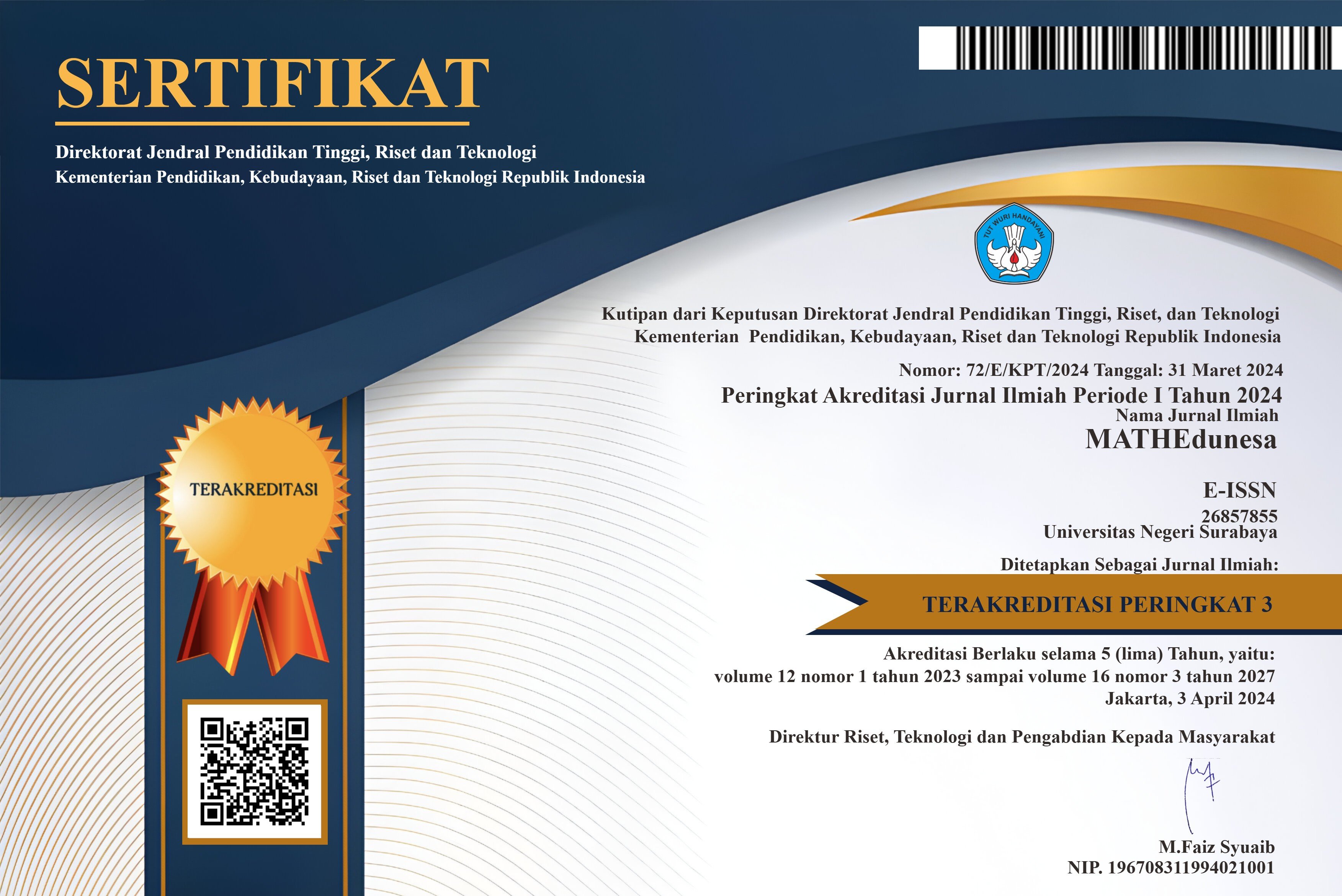Critical Thinking Processes of Junior High School Students in Solving Contextual Problems of Direct and Inverse Proportions Based on Reflective-Impulsive Style
DOI:
https://doi.org/10.26740/mathedunesa.v8n2.p311-317Downloads
Download data is not yet available.
Downloads
Published
2019-06-26
Issue
Section
Articles
 Abstract views: 64
,
Abstract views: 64
, PDF Downloads: 118
PDF Downloads: 118




